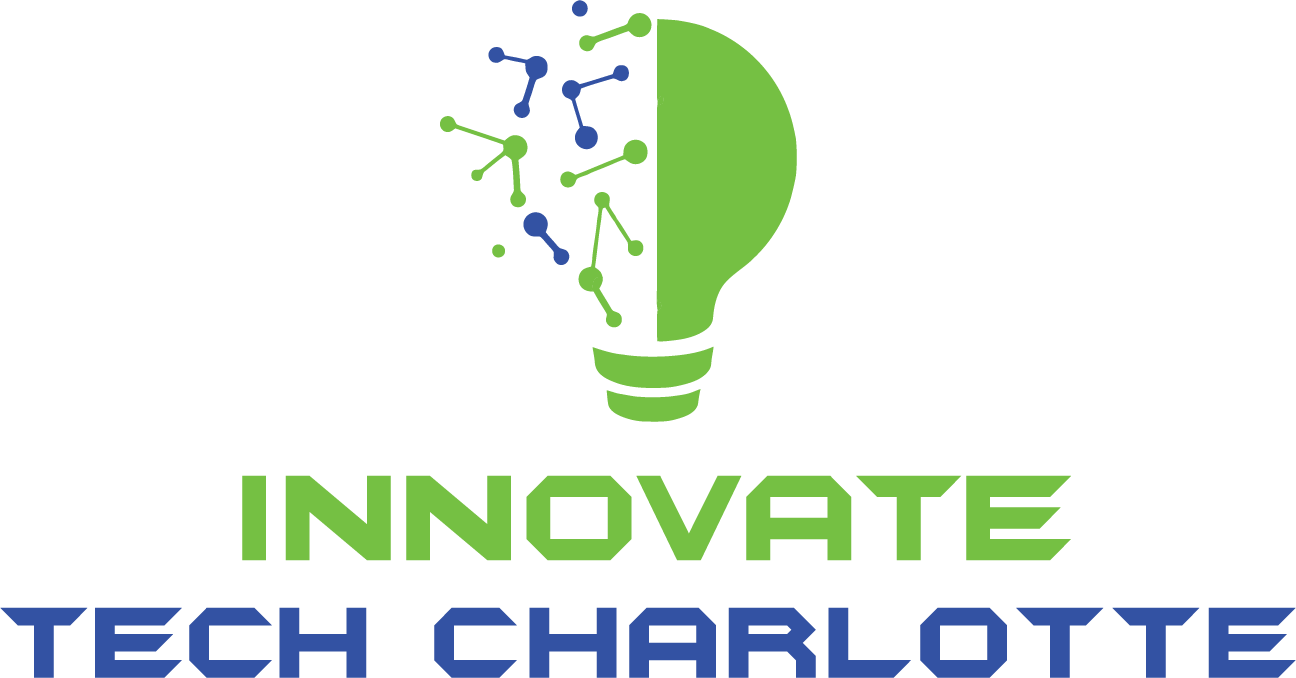The Need for AI Preparation in Education: Preparing Students for an AI-Driven Workforce
As Artificial Intelligence (AI) continues to transform the workplace, the importance of preparing students for an AI-driven future has become increasingly clear. Both students and employers recognize the necessity of integrating AI skills and training into educational curricula to ensure that the next generation of workers is equipped to thrive in this new landscape.
AI Skills and Training: Student and Employer Expectations
A significant majority of currently enrolled college students believe that their institutions should be preparing them for AI in the workplace. Here are the key priorities identified by students:
Ethics of Using AI
Nearly three-quarters of students emphasize the importance of teaching the ethics of using AI. This includes understanding the ethical implications of AI, such as data privacy, bias mitigation, and the responsible use of AI technologies. Ethical training is crucial for ensuring that future professionals use AI in a way that is fair, transparent, and beneficial to society.
Core Skills: Critical Thinking and Problem-Solving
Students also prioritize the teaching of core skills such as critical thinking and problem-solving. These skills are essential for making students’ future jobs more resistant to automation by AI. By focusing on these human-centric skills, educators can help students develop the ability to adapt and innovate in an AI-driven workforce.
Practical Training in Using AI
Practical training in using AI is another top priority for students. This involves hands-on experience with AI tools and technologies, enabling students to understand how to apply AI in various contexts. Practical training helps students become proficient in using AI to enhance their work, making them more employable and competitive in the job market.
Integration into Curriculum
There is a growing consensus among educators and industry leaders that AI should be integrated into the curriculum to prepare students for the future workforce. Here are some ways this integration can be achieved:
Weaving AI into Existing Coursework
AI should not be taught as a standalone subject but rather woven into existing coursework across various disciplines. For example, in English classes, students can learn to evaluate the credibility of online sources using AI tools. In science classes, AI can be used for data analysis and simulation. This approach ensures that students understand the practical applications of AI in different fields.
Providing Practical Applications of AI Skills
Providing practical applications of AI skills is essential for preparing students. This can be achieved through project-based learning, where students work on real-world projects that require the use of AI tools. For instance, students in business programs can use AI to analyze market trends and develop predictive models, while students in healthcare can use AI for medical imaging and diagnosis.
Barriers to Implementing AI Education
Despite the recognition of the need for AI education, several barriers hinder its effective implementation:
Lack of Teaching Resources and Curriculum
Educators often lack the necessary resources and curriculum to teach AI skills effectively. This includes a shortage of teaching materials, “train the trainer” programs, and free teaching software. Addressing these gaps is crucial for ensuring that teachers are equipped to provide high-quality AI education.
Lack of Knowledge About AI
Many educators lack the knowledge about how to develop AI curriculum and how to advance their own AI skills. This knowledge gap must be bridged through professional development opportunities and collaborations with AI experts.
Solutions and Initiatives
To overcome these barriers and effectively integrate AI into education, several solutions and initiatives can be implemented:
Professional Development for Educators
Providing professional development opportunities for educators is vital. Courses like Google’s “Generative AI for Educators” and Microsoft’s “AI for Educators” offer hands-on, practical experience in using AI tools, which can be integrated into various subjects. These programs help teachers understand the opportunities and limitations of AI and how to use it responsibly.
Collaboration Between Schools and Education Partners
Collaboration between schools, educational institutions, and industry partners is essential. For example, Amazon’s collaboration with educators to survey the educational landscape for AI highlights the need for joint efforts to provide AI-focused resources and curriculum. Such partnerships can help in developing comprehensive AI education programs.
Student Exposure to AI Technologies
Exposing students to AI technologies early on can prepare them better for the future workforce. Initiatives like the University of South Florida’s Muma College of Business Center for Marketing and Sales Innovation Customer Experience and Behavioral AI Lab provide students with hands-on experience in applying AI insights across various settings, making them more employable upon graduation.
Conclusion
Preparing students for an AI-driven workforce is no longer an option but a necessity. By integrating AI skills and training into educational curricula, focusing on ethics, core skills, and practical applications, educators can ensure that students are well-equipped to thrive in a future dominated by AI. Addressing the barriers to AI education through professional development, resource provision, and collaborative efforts will be crucial in this endeavor. As the World Economic Forum suggests, while AI may displace some jobs, it will also create new ones that require human ingenuity, creativity, empathy, and ethics—skills that AI cannot replicate.
By taking proactive steps to integrate AI into education, we can prepare the next generation of workers to not only adapt to but also drive the technological advancements of the future.
